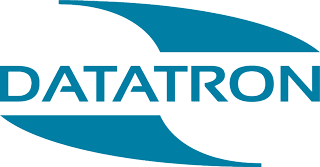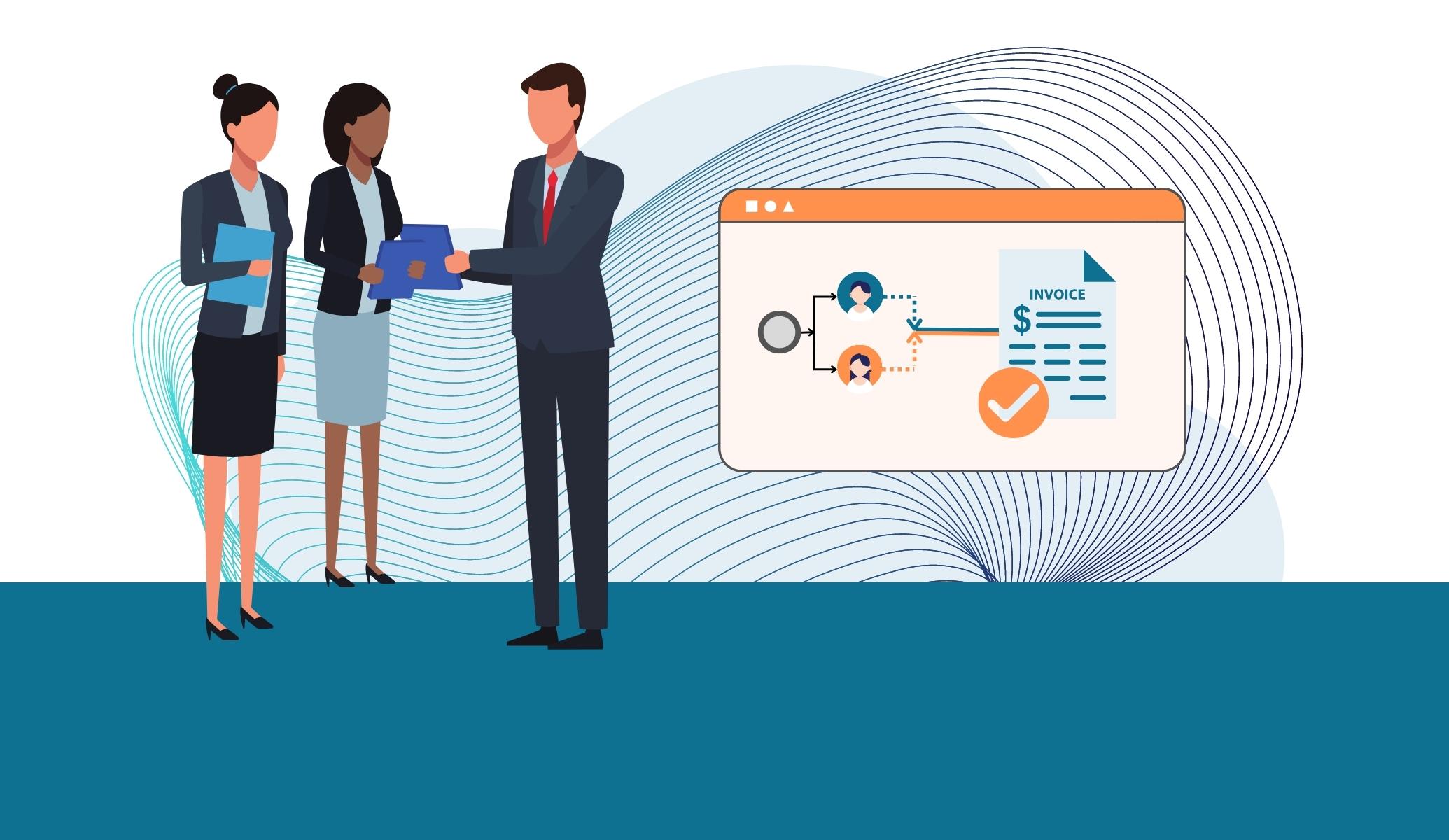How OCR and AI are used to Automate Invoice Processing, and beyond.
Reducing operational costs while maintaining competitive advantages is an increasingly marginal art - thats why businesses are now looking to intelligent document processing (IDP) for some creative disruption in back offices.
HR-departments, finance departments, and records keeping are all critical functions, and yet, often overlooked for automation. IDP offers control, where physical processes can't - such as changing a process at a software level updating its current, future, and past outcomes.
Think of the last time a retention policy changed, or a new naming convention was needed, once you have defined the changes within an IDP system it finds and applies the changes to all instances at once.
Two technologies that enable IDP are optical character recognition (OCR) and artificial intelligence (AI). They are used to format unstructured data so it is actionable in automatic workflows.
Let's take a closer look at the role of OCR and AI in invoice processing, where automation can lead to a 30% increase in ROI.
What is OCR?
OCR is the acronym for Optical Character Recognition. OCR software converts physical information into a computer-readable format, extracting information from images and changing it into searchable or editable text.
OCR technology is excellent at extracting information from structured data. However, what we're looking for is end-to-end automation. When 80-90% of documents are unstructured, it is still a challenge for OCR.
Breaking down barriers
This is where Artificial Intelligence (AI) and Machine Learning (ML) come in, they power the extraction and analysis of information from unstructured documents at scale.
AI and ML complement OCR, transforming rule-based rigidities into AI-powered decision engines for agile workflow execution.
By understanding the text on documents, AI enhances OCR in the following ways.
- Captures only relevant information
- Cross references with CRM databases
- Links to other documents via unique identifiers
- Decision-based routing for approvals/validation
How AI is Used to Automate Invoice Processing
- Data Extraction: OCR technology is directed by AI to extract the data you need data from documents like invoices, contracts, and purchase orders. Context and meaning are derived and used to structure data for compatibility with your financial system - data such as vendor name, address, and payment details.
- Validation and Verification: When a unique identifier, like an order number, is recognised, the extracted data can be matched with other documents of the same order. Then, it can be checked and validated, ensuring accuracy and completeness.
- Outliers/Exception Handling: AI algorithms can recognise errors or discrepancies in the extracted data by matching and accessing existing CRM databases. When coming across novel cases, an exception workflow can route for human validation.
- Learning and Improvement: AI algorithms learn from historical data and human exception handling to improve over time, lifting the overall accuracy and efficiency of the automated invoice processing system.
And beyond...
IDP doesn't stop with finance departments, IPD practices digitally transform workflows by diverting around 'interruptions' that require handoff and manual intervention, digitising and standardising information allowing end-to-end automation.
Datatron's Cloud Invoice Processing Service
At Datatron, continual reinvestment in AI and imaging technologies is synthesised in our cloud-based invoice processing service.
Offering search capacity beyond naming conventions - a deeper more comprehensive record allows high-value data extraction at an increased pace.
Outsourcing invoice processing allows scale independently of infrastructure - saving on the cost of expansion.
Find out more about our cost-per-click cloud invoice processing service by getting in touch.

